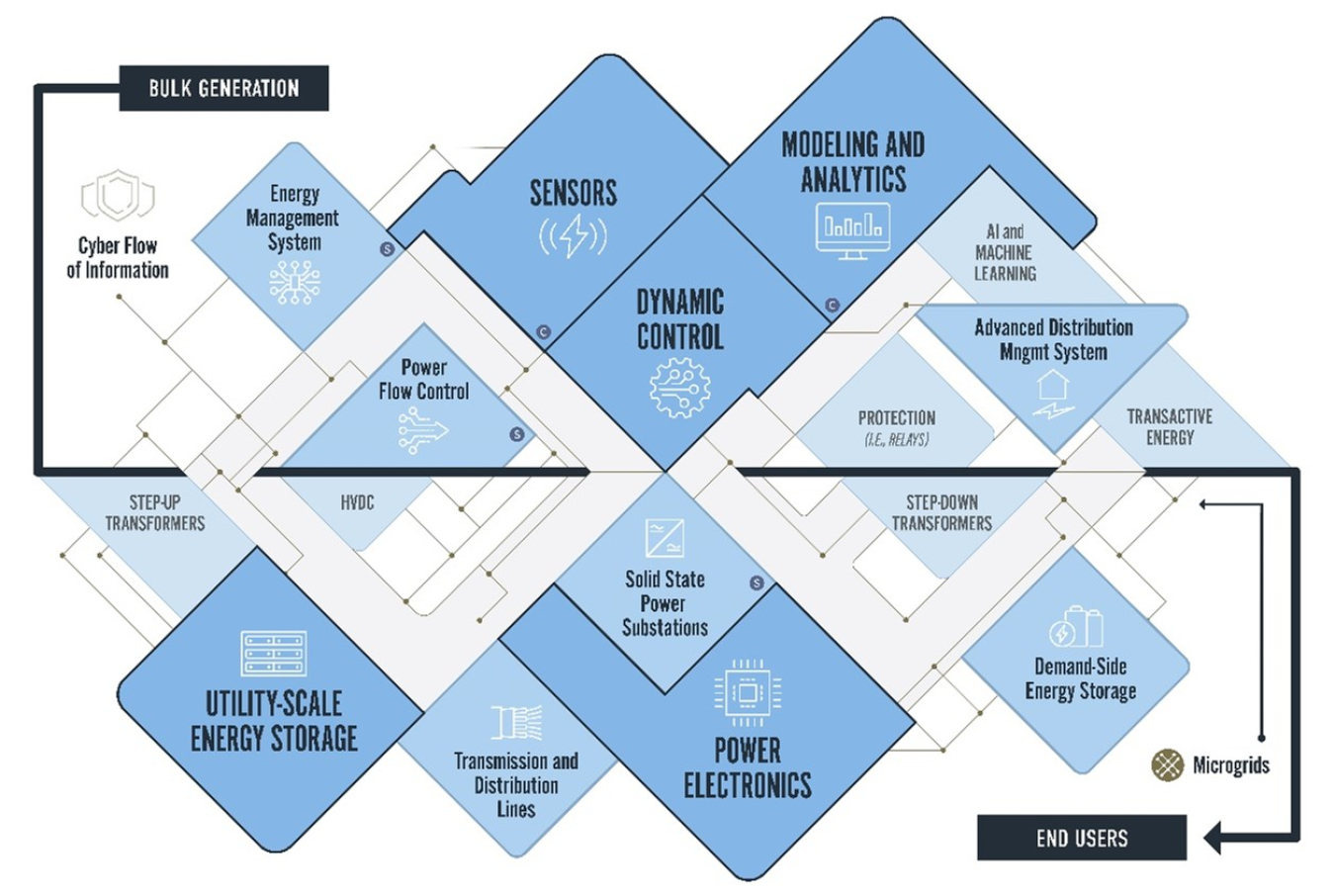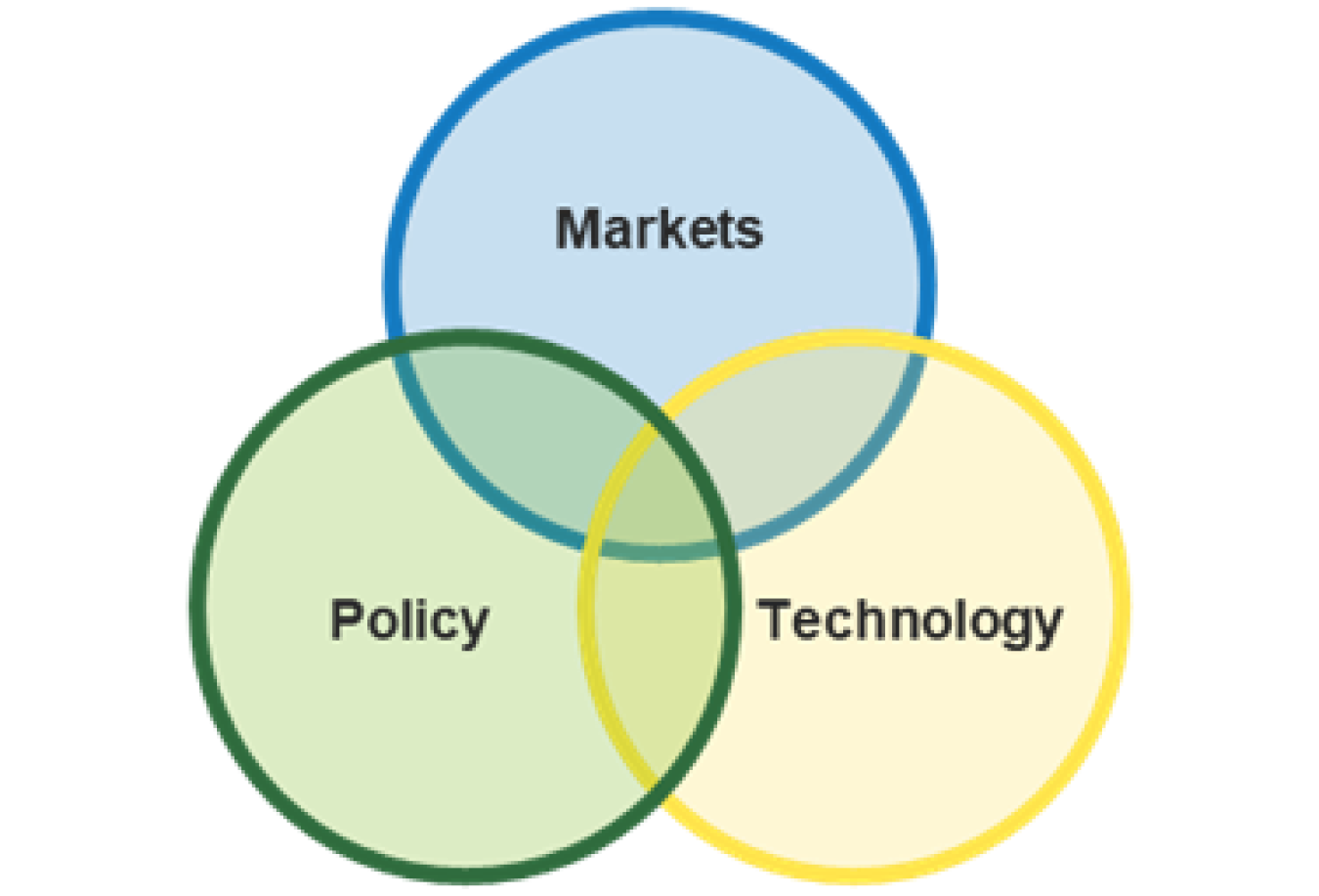America is facing an era of rapid change along the entire energy system as we Integrate more renewables and work to move affordable, reliable, and secure electricity to where It Is needed most.
August 18, 2021
America is facing an era of rapid change along the entire energy system as we integrate more renewables and work to move affordable, reliable, and secure electricity to where it is needed most. These changes will dramatically affect the design and operation of electric infrastructure. The grid of the future will need to accommodate:
- Increasing penetration of wind and solar generation, and distributed energy resources;
- Increasing electrification and digitalization of the economy;
- Rising rates of infrastructure reaching the end of its useful life;
- Customers developing new ways to save money through a more sophisticated and interactive approach to energy consumption; and
- New communication technologies that have significantly improved the understanding of current grid conditions.

Grid innovation plays a key role in combatting the greatest challenge facing the nation and the planet - the climate crisis. However, innovation does not work in a vacuum. Technology investment in the electricity delivery system faces three entrenched obstacles: the need for a robust marketplace; consistent regulatory and policy requirements; and thorough evaluation of new technologies before they are connected to the system.
Innovation can only reach critical scales of commercialization with technological feasibility, regulatory acceptance, and market robustness. This is the only way these efforts will make the impact required to ensure resilient, clean, and sustainable electric Infrastructure.
The Office of Electricity (OE) invests in key technologies across the entire transmission and distribution system from bulk generation to end users. As shown in this infographic, these specific innovations include physical infrastructure technologies, such as the power electronics, lines, and substations that transfer power across the network, and energy storage that enables greater renewable deployment. In addition, OE funds advanced microgrid R&D to support system resilience by providing local generation to a set of loads that can isolate from the grid or connect to the bulk system to provide reserve power and grid services.
Information technologies, in the top half of the infographic, include sensors, control, and modeling innovations that optimize power flow and manage the increasing complexity of the network. OE recognizes that cybersecurity needs to be Included as a standard R&D activity, strengthening electricity infrastructure against cyber threats while mitigating vulnerabilities. In the infographic, cyber and information flow connects across the network to every other technology and system.
Electricity connects us all, and the grid itself is no different. OE brings industry, academia, and the National Laboratories together to coordinate research across grid technology fields that accelerates research and adds flexibility to support a broad set of innovation pathways in the future.
Click here to explore our grid R&D portfolio Infographic.

